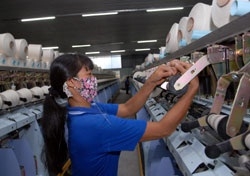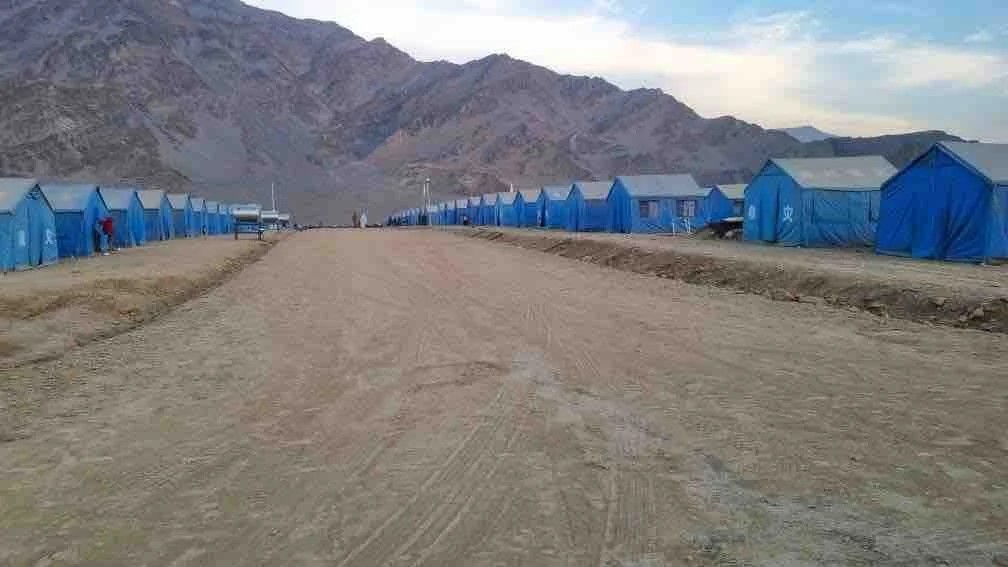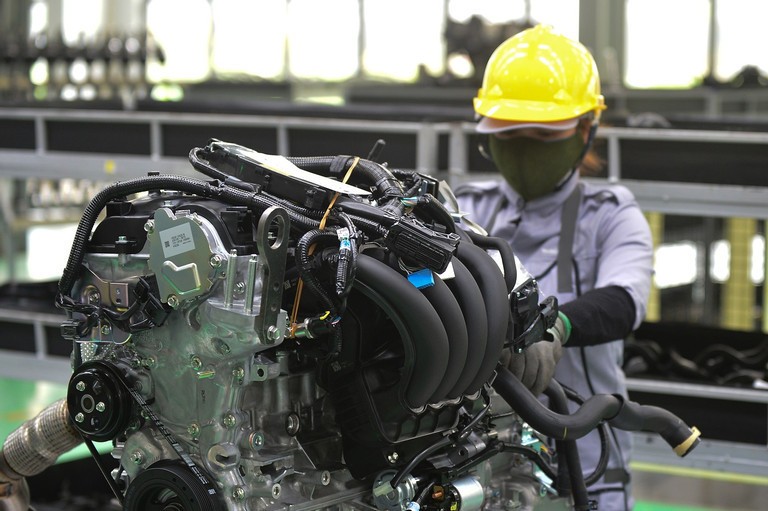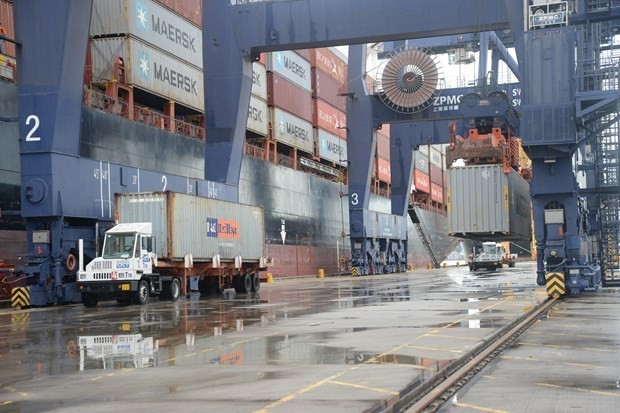Industrial exports expected to stall
The Ministry of Industry and Trade (MoIT) has warned of upcoming challenges in finding industrial export contracts due to financial difficulties in key export markets such as the EU and US.
 |
According to a ministerial report released this week, key industrial sectors managed positive results during the first three quarters of the year.
However, textile and garment exporters said that orders had reduced by roughly 15-20 percent last month compared to the same period last year. Many additional exporters, especially the small- and medium-sized, reported shortages in export orders over the last months of the year while predicting the situation to continue into the first quarter of 2012.
The MoIT reported that textile and garment export turnover had dropped from more than $1.5 billion in August to only $1.3 billion last month.
"Vietnam's two major export markets, the US and EU, are currently facing severe financial difficulties in the wake of the public debt crisis, which is expected to adversely affect domestic exports during the coming months, "the ministry forecast.
It added that domestic textile and garment exporters had made efforts in targeting other markets such as Australia, Africa, Canada and South Korea to offset the reduction in European and American orders. However, this was no easy task due to fierce competition from discounted Indian and Indonesian products.
The situation remains the same for domestic footwear exports, another key local export product, the ministry said.
After fetching a monthly export value of $570-640 million during May and August, turnover fell to roughly $400 million during the past two months due to declining orders.
Dtinews.vn
In addition, domestic footwear production has been negatively affected by high input costs and a lack of skilled workers.
Most read
Recommended
 World
World
China frustrated over joint naval and air drills in the Indo-Pacific region
 World
World
Washington-New Delhi Strategic Partnership Continues To Grow: US Envoy Says ‘If You Want To See The Future, Come To India’
 World
World
Discover The Unique Whipped Coffees Around The World
 World
World
China called out for destructing coral reefs in South China Sea
Popular article
 World
World
Mass Afghan Deportation from Pakistan: A Brewing Crisis for Regional Stability and Development
 Viet's Home
Viet's Home
Values of Vietnam's Dien Bien Phu Victory Spotlighted
 World
World
S. Jaishankar bolsters strategic collaborations across Singapore, Malaysia and Philippines
 World
World








